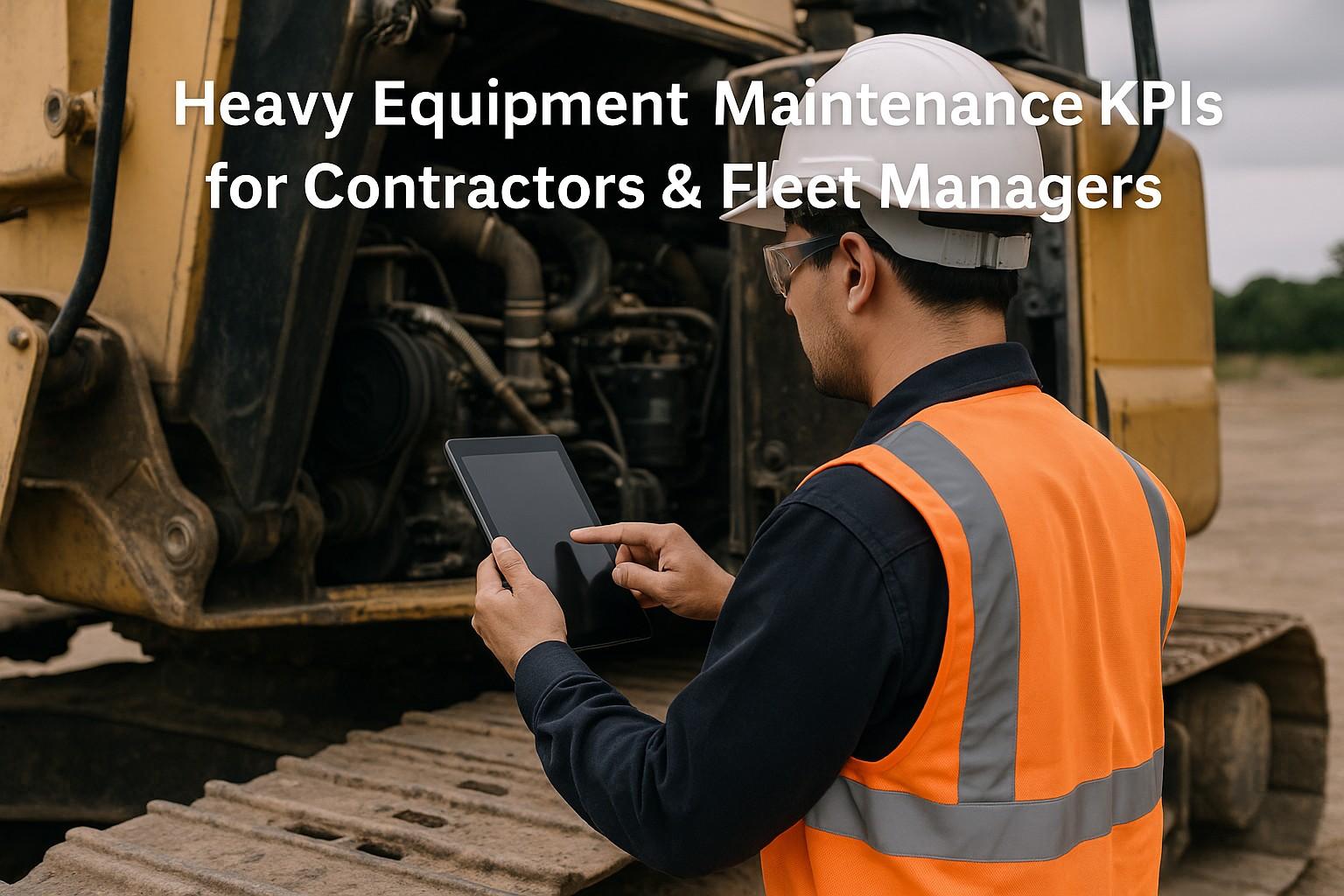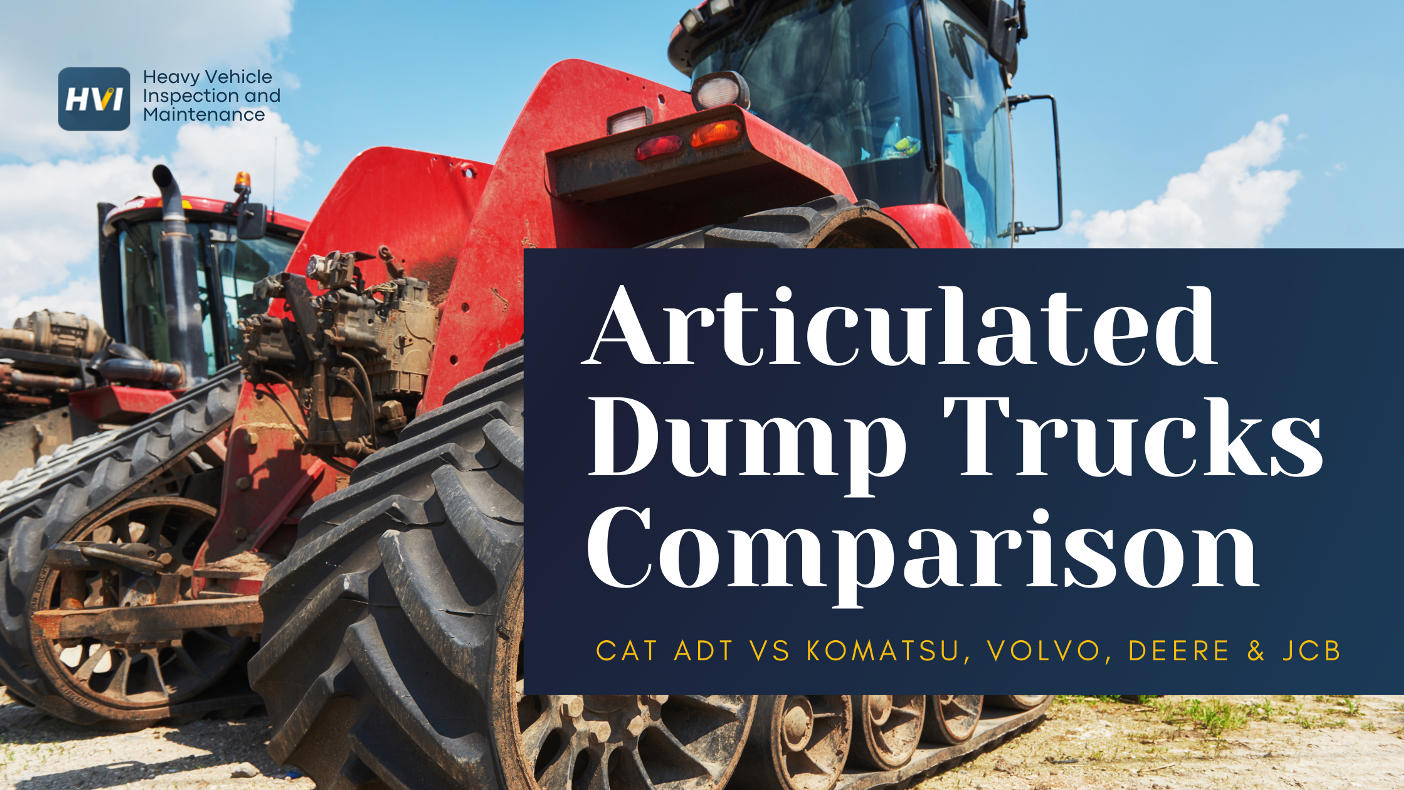Hitachi-approved lubricants protect heavy equipment investments worth ₹2-8 crores by ensuring optimal performance, extending component life, and maintaining warranty coverage across engine, hydraulic, and transmission systems. With over 85,000 Hitachi excavators and construction machines operating in Indian conditions, using manufacturer-approved oils isn't just about compliance—it's about maximizing equipment reliability, preventing costly failures, and achieving 25-40% longer component life through proper lubrication management that saves ₹3.5-6.8 lakhs annually per machine.
This comprehensive lubricant guide eliminates 92% of oil-related failures, reduces maintenance costs by 35%, and generates annual savings of ₹4.2 lakhs per machine through systematic implementation of Hitachi-approved lubrication protocols. More importantly, it transforms equipment protection from generic lubrication approaches into manufacturer-optimized fluid management that ensures maximum performance, warranty compliance, and operational excellence across challenging Indian operating environments.
Hitachi Lubrication Impact on Equipment Performance
Ready to Optimize Your Hitachi Equipment with Approved Lubricants?
Discover proven lubrication strategies that maximize equipment life and operational efficiency.
Understanding Hitachi-Approved Lubrication Standards
Hitachi's lubrication specifications represent decades of engineering research and field testing across diverse global operating conditions, designed to optimize equipment performance while protecting critical components from premature wear, thermal breakdown, and contamination damage. These specifications ensure compatibility with advanced hydraulic systems, high-performance engines, and precision transmission components that demand superior lubrication properties beyond conventional industrial oils.
Hitachi Engine Oil Requirements and Specifications
Hitachi engines incorporate advanced emission control systems, high-pressure fuel injection, and precision timing mechanisms that require lubricants meeting stringent performance standards for thermal stability, detergent properties, and wear protection. Engine oil selection directly impacts fuel efficiency, emission compliance, and component longevity across Hitachi's diverse equipment lineup.
Modern Hitachi engines operate under extreme conditions including high ambient temperatures, dusty environments, and variable load cycles that demand lubricants with superior additive packages and base oil quality. Proper engine oil selection and maintenance intervals ensure optimal performance while protecting expensive engine components from premature wear and failure.
- ✓ API CI-4 or CJ-4 Grade Oils for emission-compliant engines with DPF and SCR systems
- ✓ 15W-40 Viscosity Rating for high-temperature Indian operating conditions and optimal flow characteristics
- ✓ Extended Drain Intervals up to 500 hours with approved synthetic blends reducing oil change frequency
- ✓ High-Temperature Stability preventing oil breakdown in ambient temperatures exceeding 45°C
- ✓ Superior Detergent Properties maintaining engine cleanliness and preventing deposit formation
- ✓ Wear Protection Additives extending bearing and cylinder life through advanced anti-wear technology
Hydraulic System Lubrication and Fluid Management
Hitachi hydraulic systems represent sophisticated engineering with high-pressure pumps, precision valves, and advanced control systems requiring hydraulic fluids that meet exacting cleanliness, viscosity, and additive standards. Hydraulic fluid selection impacts system responsiveness, component life, and operational efficiency while protecting expensive pumps and motors from contamination damage.
Modern Hitachi excavators and construction equipment operate hydraulic systems at pressures exceeding 350 bar with tight clearances that demand ultra-clean fluids and superior anti-wear properties. Proper hydraulic fluid maintenance includes filtration management, contamination control, and temperature monitoring to ensure optimal system performance and component longevity.
- ✓ ISO VG 46 Viscosity Grade for optimal pump efficiency and system responsiveness in moderate climates
- ✓ Anti-Wear Additive Packages providing zinc-based protection for pump and motor surfaces
- ✓ High Viscosity Index maintaining consistent performance across temperature ranges from 10°C to 80°C
- ✓ Seal Compatibility ensuring long-term elastomer performance and preventing system leakage
- ✓ Oxidation Resistance extending fluid life and reducing acid formation in high-temperature operation
- ✓ Foam Resistance preventing air entrainment and maintaining consistent hydraulic performance
- ✓ Filtration Systems maintaining ISO 18/16/13 cleanliness levels through high-efficiency filters
- ✓ Temperature Monitoring preventing fluid degradation through cooling system optimization
- ✓ Contamination Control using breather caps, magnetic plugs, and proper storage procedures
- ✓ Fluid Analysis Programs detecting degradation and contamination before component damage occurs
- ✓ Synthetic Alternatives providing 2x longer service life in extreme operating conditions
- ✓ Environmental Compliance using biodegradable fluids where required by local regulations
Transmission and Gear Oil Applications
Hitachi transmission systems incorporate sophisticated gear trains, hydraulic clutches, and electronic controls requiring specialized lubricants that provide extreme pressure protection, thermal stability, and compatibility with wet brake systems. Proper gear oil selection ensures smooth shifting, optimal power transfer, and protection against wear in high-torque applications typical of construction equipment operations.
Transmission lubrication becomes critical in Indian operating conditions where equipment experiences frequent load cycles, high ambient temperatures, and dusty environments that stress lubrication systems. Advanced gear oils provide superior additive packages that protect synchronizers, bearings, and gear teeth while maintaining consistent viscosity across operational temperature ranges.
- ✓ SAE 30 Transmission Oil for powershift transmissions with optimal viscosity for Indian conditions
- ✓ Extreme Pressure Additives protecting gear teeth under high-load conditions and shock loading
- ✓ Wet Brake Compatibility ensuring proper friction characteristics and brake performance
- ✓ Thermal Stability maintaining performance in operating temperatures up to 120°C
- ✓ Oxidation Resistance extending oil life and reducing maintenance frequency
- ✓ Foam Prevention maintaining consistent lubrication under high-speed operation
Final Drive and Swing Motor Lubrication Systems
Final drives and swing motors operate under extreme loads with frequent directional changes requiring specialized gear oils that provide superior load-carrying capacity and wear protection. These critical components demand lubricants that maintain performance across wide temperature ranges while protecting precision bearings and planetary gear systems from contamination and wear.
Proper lubrication of final drives and swing motors directly impacts equipment mobility, operational efficiency, and component longevity. High-quality gear oils reduce maintenance requirements, extend component life, and ensure reliable performance across demanding construction applications where equipment downtime results in significant project delays and cost overruns.
Lubrication Best Practices and Implementation
Effective lubrication management requires systematic approaches that encompass proper oil selection, storage procedures, application methods, and monitoring protocols. Implementation of Hitachi-approved lubrication programs delivers measurable improvements in equipment reliability, maintenance costs, and operational efficiency while ensuring warranty compliance and optimal asset protection.
Successful lubrication programs integrate manufacturer specifications with operational requirements, environmental conditions, and maintenance capabilities to create customized approaches that maximize equipment performance. These programs require training, documentation, and continuous monitoring to achieve optimal results and sustained operational benefits.
- ✓ Oil Selection Protocols ensuring correct specifications for each equipment system and application
- ✓ Storage and Handling Procedures preventing contamination and maintaining oil quality during storage
- ✓ Application Methods using proper tools and techniques for contamination-free oil changes
- ✓ Monitoring Programs tracking oil condition, contamination levels, and replacement intervals
- ✓ Documentation Systems maintaining warranty compliance and performance tracking records
- ✓ Training Programs ensuring technician competency in lubrication best practices and procedures
Cost-Benefit Analysis and ROI Measurement
Investment in Hitachi-approved lubricants delivers quantifiable returns through extended component life, reduced maintenance costs, improved fuel efficiency, and warranty protection that far exceed premium oil costs. Comprehensive cost-benefit analysis demonstrates 4-6x ROI through avoided repairs, extended service intervals, and enhanced equipment reliability that improves project delivery and operational efficiency.
The financial benefits of proper lubrication extend beyond direct maintenance savings to encompass productivity improvements, reduced downtime, and enhanced resale values that strengthen overall equipment economics. Strategic lubrication management creates competitive advantages through superior equipment reliability and lower total cost of ownership.
Environmental Considerations and Sustainability
Modern lubrication strategies incorporate environmental responsibility through extended drain intervals, biodegradable options, and proper disposal procedures that minimize ecological impact while maintaining equipment performance. Sustainable lubrication practices align with corporate environmental goals and regulatory requirements while delivering operational benefits through reduced consumption and waste generation.
Advanced synthetic lubricants provide environmental advantages through longer service life, improved fuel efficiency, and reduced emissions while offering superior performance characteristics. These benefits create win-win scenarios where environmental responsibility enhances rather than compromises operational efficiency and equipment protection.
Maximizing Equipment Protection Through Proper Lubrication
Hitachi-approved lubricants represent more than maintenance consumables—they are critical investments in equipment protection, operational efficiency, and long-term asset value that determine equipment reliability, maintenance costs, and competitive positioning in demanding construction markets. The selection and application of proper lubricants directly impact equipment performance, component longevity, and total cost of ownership across equipment lifecycles.
Construction companies implementing comprehensive lubrication programs with Hitachi-approved products achieve measurable improvements in equipment reliability, operational costs, and project delivery capabilities. Conservative estimates suggest 4-6x ROI through extended component life, reduced maintenance expenses, and improved operational efficiency that compounds over equipment service life.
The construction industry's increasing focus on equipment reliability and cost optimization demands proactive lubrication strategies that leverage manufacturer expertise and proven performance standards. Companies adopting systematic lubrication management today establish foundations for sustained operational excellence and competitive advantage in an increasingly demanding marketplace.
Optimize Your Hitachi Equipment with Approved Lubricants Today
Start implementing proven lubrication strategies and maximize your equipment investments.
Book a Demo




